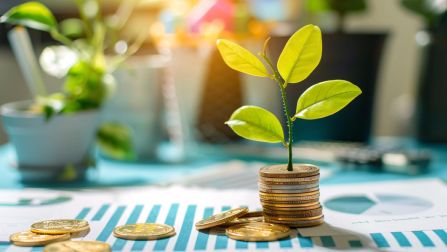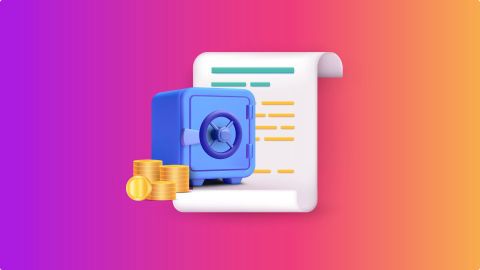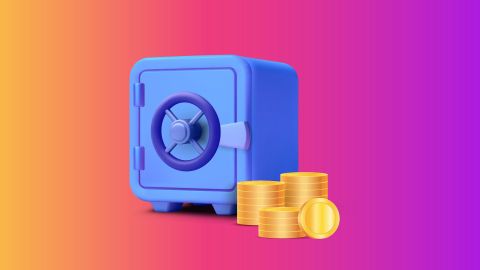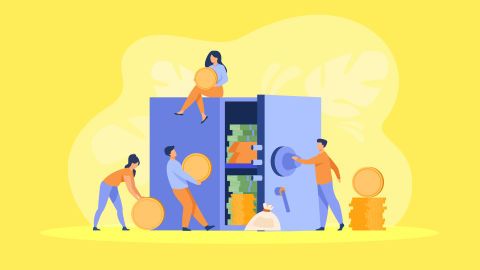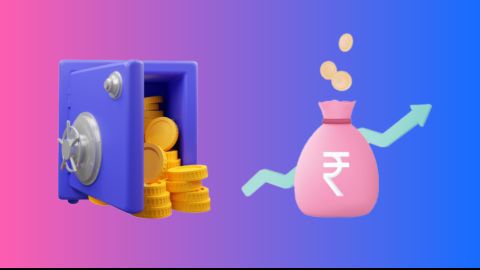When RBI hikes the repo rate, it significantly
influences the economy and personal finances. Changes in
this key interest rate affect borrowing costs and return
on savings. For more clarity, let’s check how the repo
rate impacts various aspects of your financial life:
1. Impact on loans and EMIs
When the RBI raises the repo rate, banks also increase
their lending rates. This makes loans like home loans,
car loans, and personal loans more expensive. In such a
phase, borrowers with existing loans see a rise in their
monthly EMIs.
Also, potential borrowers hesitate to take on new loans.
Higher interest rates discourage them from unnecessary
borrowing. This leads to reduced spending on goods and
services, which slows down economic activity.
2. Impact on fixed deposit rates
When RBI hikes the repo rate, it usually leads to higher
interest rates on bank fixed deposits (FDs). This is
beneficial for depositors, as they can earn better
returns on their savings. However, this increase in
deposit rates usually takes some time to reflect as
banks adjust gradually to the new rates.
3. Impact on mutual funds
When RBI hikes the repo rate, it impacts mutual funds,
especially debt mutual funds. Higher interest rates
lower the value of bonds, which are the core investments
in debt funds. As bond prices fall, the returns on these
funds also decrease, which leads to losses for
investors.
Some cautious investors even withdraw their money from
debt mutual funds to avoid losses and shift it to
higher-rate fixed deposits.
4. Impact on savings
Higher repo rates encourage banks to offer better
returns on their savings products, such as annuity
schemes, savings accounts, and short-term FDs. This
allows depositors to earn more on their savings. For
savers, this is a positive development as it increases
the returns on their investments without additional
risk.
5. Impact on economic growth
If we talk about the economy, an increase in the repo
rate negatively impacts economic growth. This effect is
felt even more when RBI hikes the repo rate multiple
times in a short span. Although the RBI raises rates to
control inflation, the side effect is that “borrowing
becomes costlier”. Consequently, it leads to a reduction
in consumer spending.
As people buy fewer goods and services, demand in the
economy drops and slow down the overall growth. This
reduced purchasing power affects lower-income groups the
most, as higher prices make basic necessities less
affordable.
If you are looking for safe investment option, then you
can consider investing Bajaj Finance Fixed Deposit. With
a top-tier AAA rating from financial agencies like
CRISIL and ICRA, they offer one of the highest returns,
up to 8.85% p.a.
